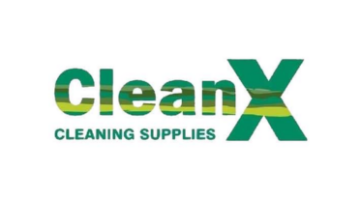
CleanX Cleaning Supplies
Megamorph Marketing Pvt. Ltd., #9/2, Jigani Industrial Area, Phase 1, Jigani, Anekal Taluk, Bangalore - 560105, India.

At Akshar Biotech Private Limited’s, the manufacturing process uses a two staged thermophilic bio-methanation for ensuring high efficiency in converting sub-states to biogas, low environmental footprint and low capital cost of plant and machinery, and availability of plant independent of climate and weather conditions.
The biogas is separated into Biomethane and carbon dioxide using pressure swing absorption system that recovers over 97% of the component gases at 97% purity. The separated Bio methane is compressed to 200 bar using high efficiency compressor and filled in cascades of standard cylinders of 10 kg capacity. The gas is directly supplied to consumers as vehicle fuel at retail outlets, using state-of-the-art gas dispensers.
The separated CO2 is compressed to 20 bar using high efficiency compressor and filled in standard cylinders of 25 kg capacity which can be sold directly to industrial units. Most of the water used for the process is recovered and recycled from the Biogas Slurry, to cut down on make-up process water requirements, thus reducing on the water footprint of the project. All the macro and micro nutrients in the feedstock are recovered in the form of solid and liquid organic fertilizers, with Ultra-filtration and Reverse Osmosis plants, thus forming a virtuous closed loop.
Animal manure and slurry.
• Agricultural residues and by-products such as horticulture, fruit, vegetable.
• Digestible organic wastes from food and agro industries of vegetable and animal origin, wastes from sugar processing, molasses preparation and fermentation, cereals, edible oils, cocoa, tea and tobacco preparation and processing, baking and confectionery industry, alcoholic and non-alcoholic beverages.
• Dedicated energy crops such as maize, corn etc.
• Organic fraction of municipal waste of vegetable and animal origin, household waste and similar commercial, industrial and institutional wastes and wastes from catering.
• Sewage sludge, off-site waste from water treatment plants.
• Wastes from wood processing, furniture pulp, paper and cardboard production and processing.
• Wastes from the dairy products industry Waste packing, absorbents, wiping clothes, filter materials.
• Waste from the leather and textile industries.
• Garden and park wastes.